Colourful murals, new teddy bears and peace: What it’s like inside a domestic abuse refuge
‘At the point that somebody leaves that abusive relationship, they are at risk of being murdered,’ refuge manager tells Maya Oppenheim

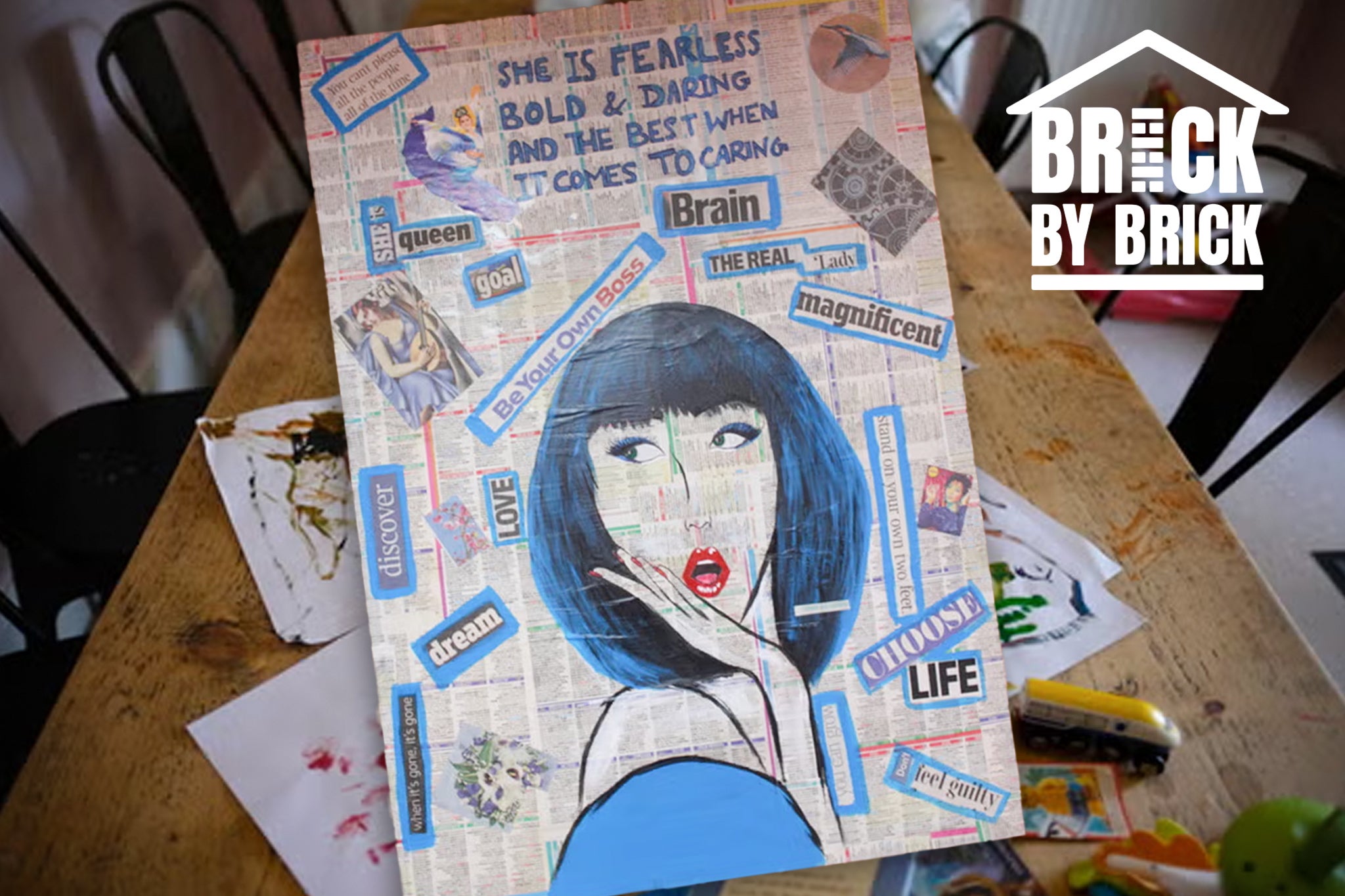
Every day people walk past an unassuming, plain house in Surrey with no idea that it is home to domestic abuse victims at risk of murder if they remain living with their abusers.
Shelters for survivors of domestic violence – known as refuges – are scattered all over the UK, but they remain invisible and forgotten places. This is partly because they are in secret locations with strict security measures, but also because many people simply do not know they exist.
Stepping through the door, inside it is peaceful and hopeful; you can almost hear the women collectively sighing with relief after finally reaching their freedom. But undercutting all this is a definite tinge of sadness. Some of the survivors I encounter almost appear to be in a state of shock that they have escaped the cruelty and chaos of their abuser.
But sadly, getting a space in a refuge isn’t easy. A chronic national shortage of places means people in desperate need of help are routinely turned away. Shocked by the shortfall and moved to do something to help, The Independent launched its Brick by Brick campaign in partnership with leading domestic abuse charity Refuge to raise £300,000 to build a house for women escaping abusive partners.
Be a brick, buy a brick and donate here or text BRICK to 70560 to donate £15
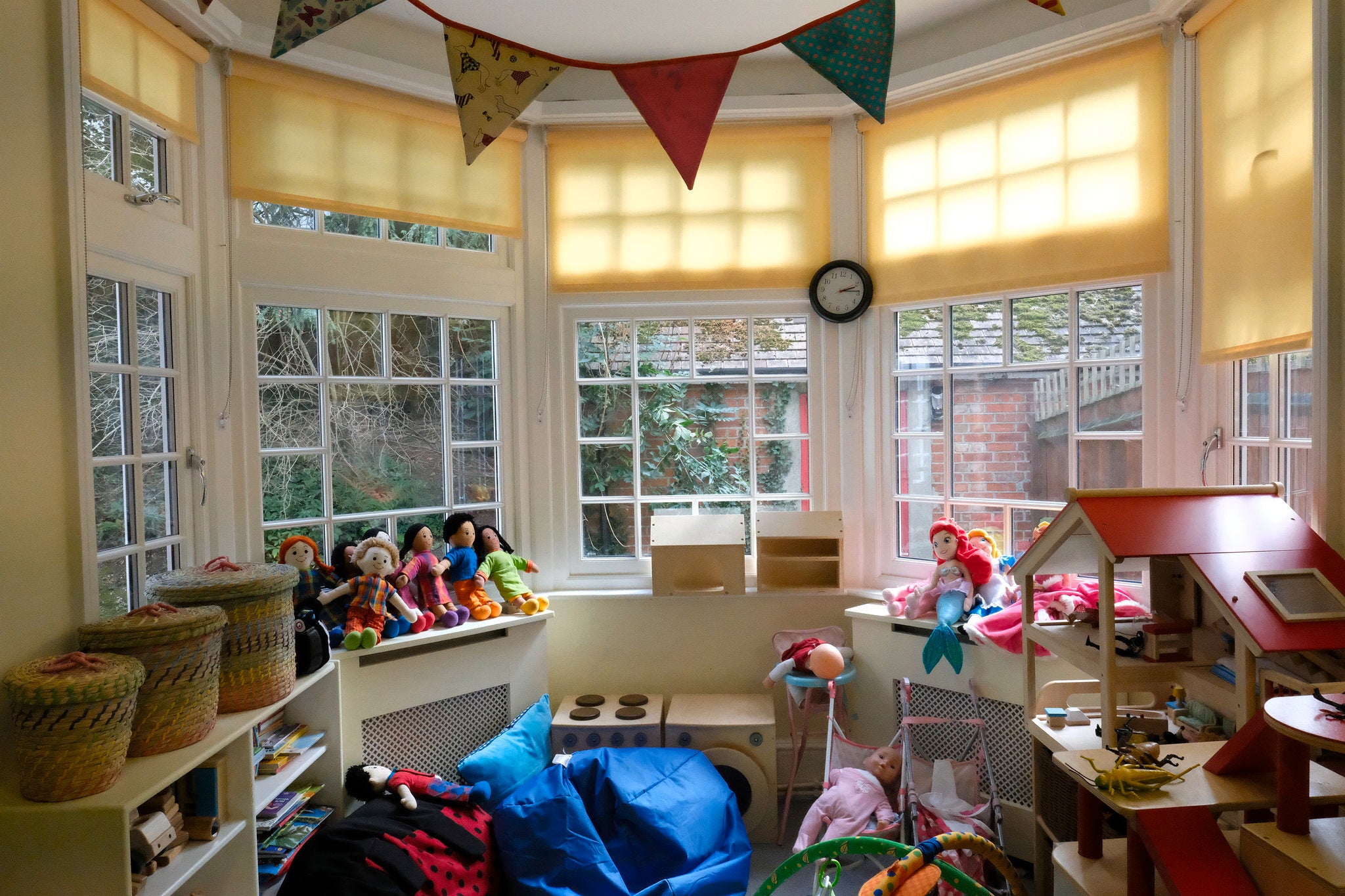
Being inside this refuge feels like a parallel universe – a secret place hidden away in the suburbs.
Spacious, serene and secret
The building is spacious and clean, with walls adorned with colourful murals and rousing messages. The spacious garden has a technicolour climbing frame and slide.
Outside, kids play while a woman rolls a cigarette. Inside, another woman catches up with a friend who used to live there but has now moved to a more independent refuge.
Emma Armstrong, chief executive of I Choose Freedom, which runs 12 domestic abuse refuges across Surrey, tells me: “We offer safe accommodation and a path to freedom for somebody that is suffering from domestic abuse.”
Each refuge has staff working 24/7 to support residents, provide emotional support and offer practical advice. The latter includes help with navigating the family courts and the criminal justice system, healthcare, benefits, buying new clothes, and getting back into employment.
“This is home for our survivors,” Ms Armstrong explains. “So we don’t wear a uniform. It’s very relaxed. It’s very welcoming. And it’s made by them and shaped by them.”
The refuge fundraises for welcome packs in survivors’ rooms, which include new bedding, pots and pans, toiletries, children’s toys, and a new teddy bear.
A stay at the refuge means a fresh start. Residents are not allowed to use social media apart from WhatsApp at the refuge or when they go out, and everyone is given a new phone number and email address, and sometimes a new phone if necessary.
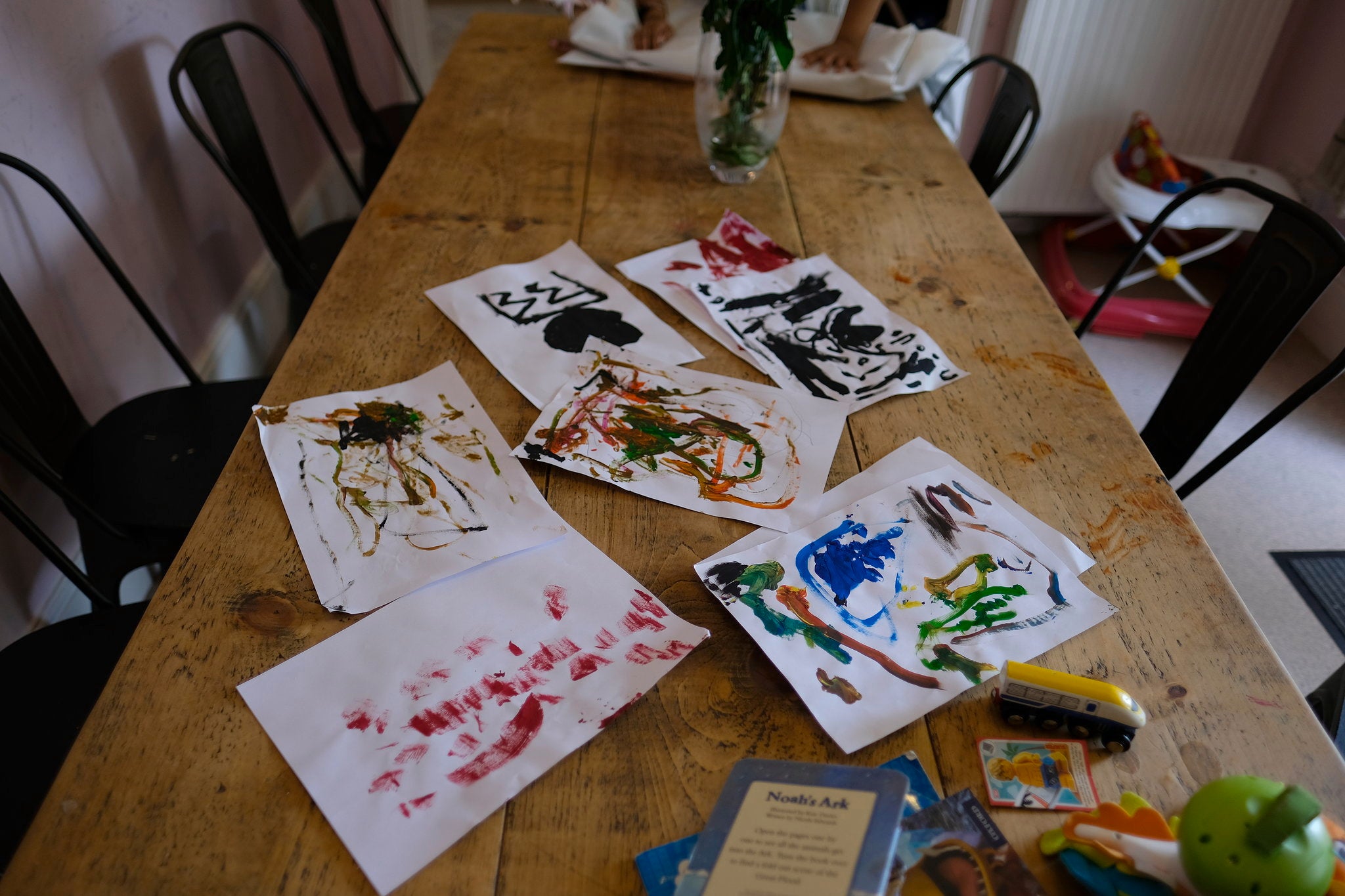
“Safeguarding is everything we do,” explains Ms Armstrong, who is a domestic abuse survivor herself. “It’s our priority at all times.”
‘A rewrite of their life’
Safety precautions involve asking the victim to check if their phone contains a tracking device, as well as leaving devices like old mobile phones, tablets and iPads behind.
Ms Armstrong explains they check victims’ cars for trackers, and close down their bank accounts and supermarket loyalty cards. “It’s a complete, almost rewrite of their life,” she says. “Changing as much as we can to ensure their safety.”
We don’t wear a uniform. It’s very relaxed. It’s very welcoming. And it’s made by them and shaped by them
But in the same way that family life can have its trials and tribulations, time inside the refuge can also be hard. In fact, Ms Armstrong jokes the popular Channel 4 show 24 Hours in Police Custody could be filmed in a refuge.
“Within 48 hours, we once had a toddler rushed to hospital by ambulance with suspected meningitis,” she recalls. “We had a small fire in the kitchen where a pan had overflowed and caught fire.”
On top of this, an abusive ex-partner learnt where one resident was living via the family courts. In response, staff had to urgently move the family to another refuge.
They also had to support a survivor who tried to take her own life after becoming overwhelmed. While Ms Armstrong explains this is by no means an average two days in the refuge, she stresses no day is the same.
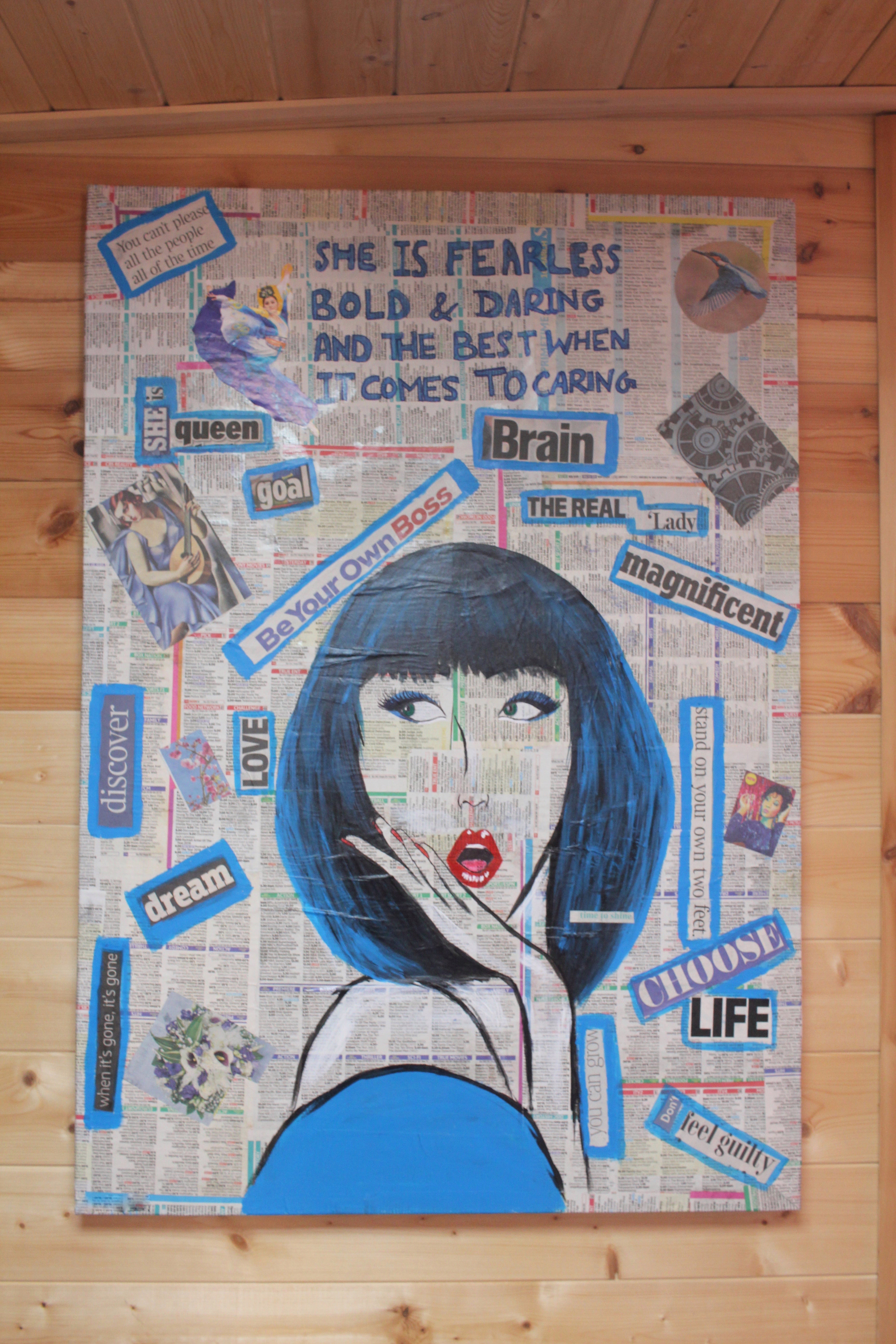
And while the atmosphere at the refuge is tranquil today, it has not felt that way on the rare occasions when perpetrators have turned up.
“In the 11 years I’ve been here, we have had two occasions where it’s happened,” Ms Armstrong says. “One was where a perpetrator had hired a personal investigator to find a woman.”
‘They are at risk of being murdered’
A survivor’s abusive ex-partner arrived just as support staff were putting the woman in a taxi after hearing he was on his way. Fortunately, the police arrived within two minutes due to an internal “location of interest mark” on all the charity’s refuges. Ms Armstrong says the other time an abuser turned up at the refuge he was able to do so because of a tracking device he had installed on an Xbox.
“At the point that somebody leaves that abusive relationship, they are at risk of being murdered,” she says. “It is the highest-risk time in an abusive relationship – when somebody leaves and that perpetrator loses power and control.”
However, a refuge is one of the safest places a survivor can be, due to staff and the police always being ready to help. Of course, much worse could happen to a victim outside of that protective environment.
An important part of staying at the refuge involves going through something called the Freedom Program – a scheme designed to help women and men who have gone through domestic abuse to rebuild their lives.
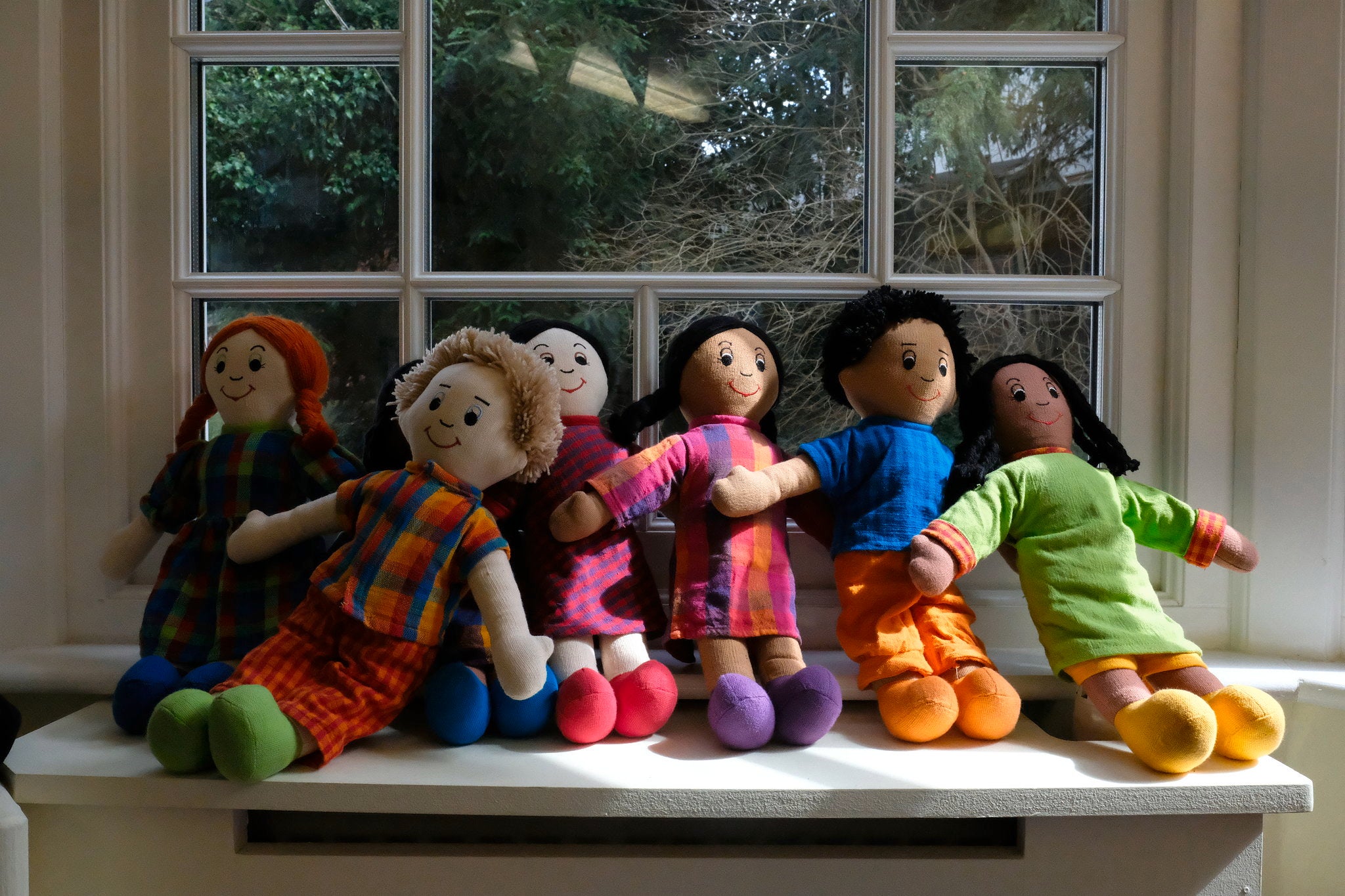
Jo, who runs the mandatory scheme at the refuge, explains they learn how to look out for red flags in relationships and different archetypes of abusers.
She adds: “The women then almost have lightbulb moments of ‘that was my abusive relationship. That’s what he used to do’.”
Concerns for the future
Unfortunately, though, funding struggles mean uncertainty hangs over the future of the service.
“On average, we receive nine referrals for each room we have,” Ms Armstrong says. “Turning away eight survivors or families for each space we have is just heartbreaking. So you run the risk of them staying in that abusive relationship because you haven’t got space.”
Ms Armstrong explains I Choose Freedom started the financial year with a deficit of around £200,000, which means its survival is at risk.
At the point that somebody leaves that abusive relationship, they are at risk of being murdered. It is the highest-risk time in an abusive relationship
“We’ve currently got no future funding from 1 April 2025, so we’re in a very difficult situation where we don’t know what our future looks like for our survivors, our children and our staff.”
The funding struggle is just one of the reasons why The Independent launched its Brick by Brick campaign.
For Ms Armstrong, it is simple: “Without long-term sustainable funding, we are simply putting women and children’s lives at risk and the homicide rates will just increase.”
Please donate now to the Brick by Brick campaign, launched by The Independent and charity Refuge, to help raise £300,000 to build a safe space for women where they can escape domestic abuse, rebuild their lives and make new futures
If you are experiencing feelings of distress, or are struggling to cope, you can speak to the Samaritans, in confidence, on 116 123 (UK and ROI), email jo@samaritans.org, or visit the Samaritans website to find details of your nearest branch. If you are based in the USA, and you or someone you know needs mental health assistance right now, call or text 988, or visit 988lifeline.org to access online chat from the 988 Suicide and Crisis Lifeline. This is a free, confidential crisis hotline that is available to everyone 24 hours a day, seven days a week. If you are in another country, you can go to www.befrienders.org to find a helpline near you.
Bookmark popover
Removed from bookmarks